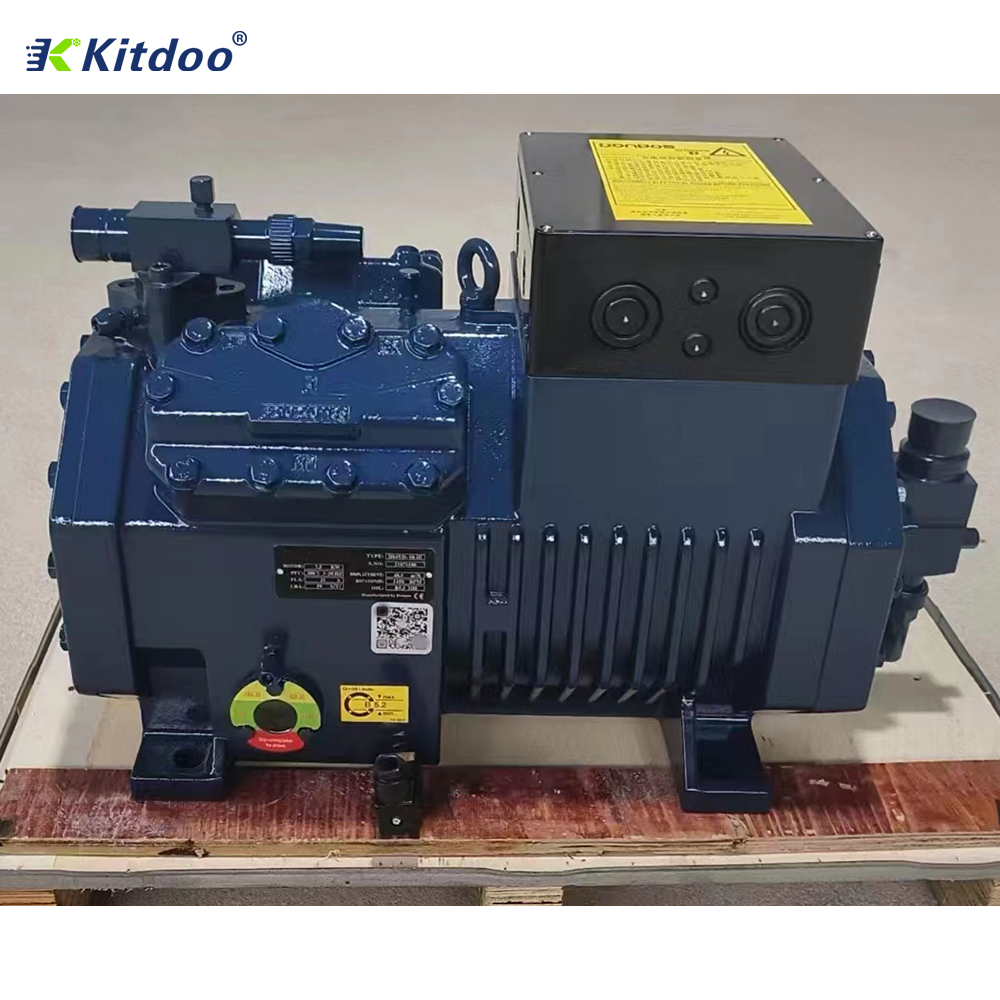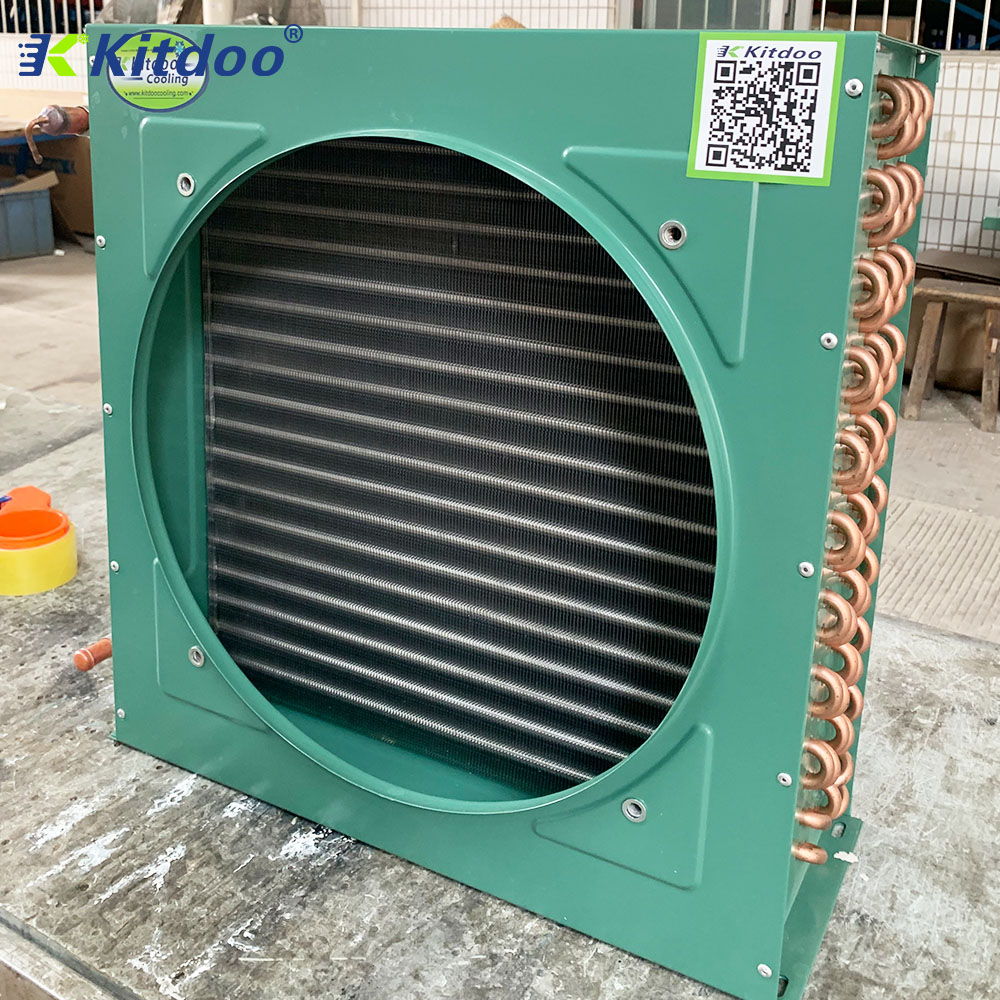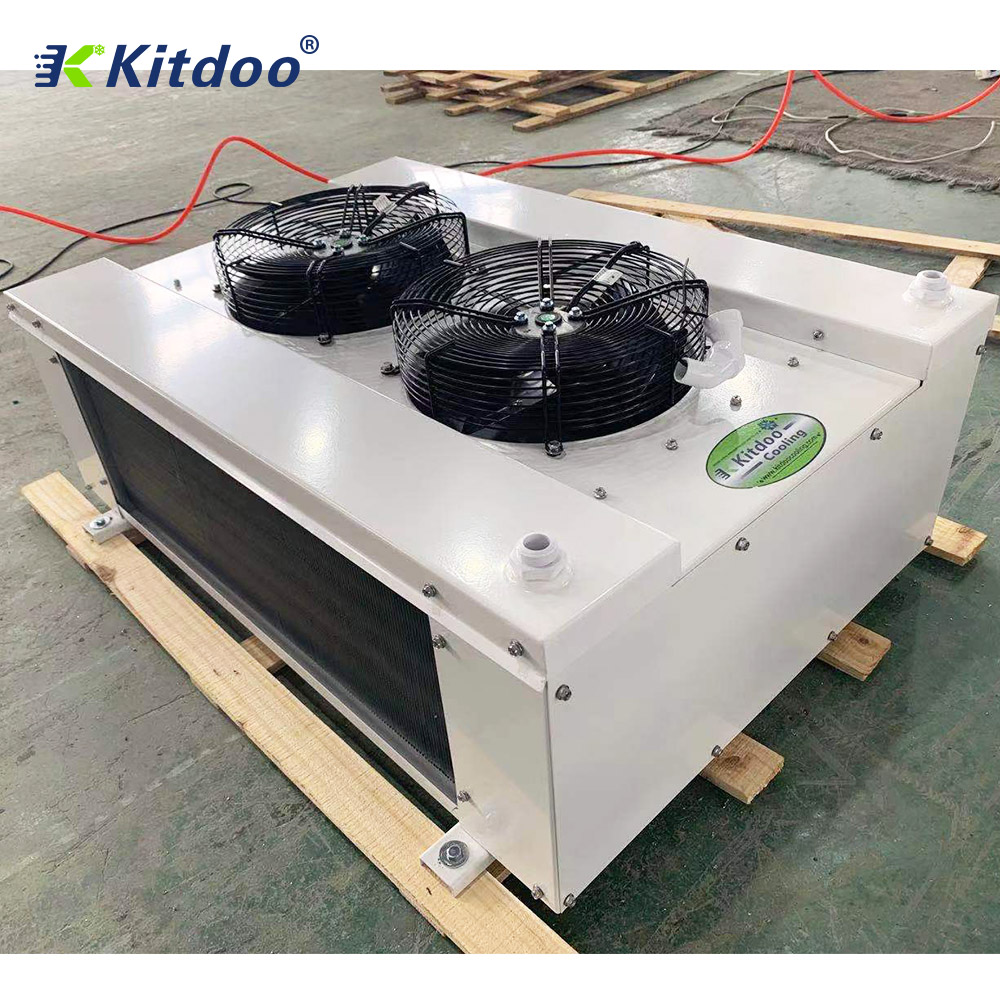Basic knowledge training materials of refrigeration and air conditioning
Jan 10, 2023
Basic terminology of refrigeration
1. Refrigeration: The process of removing heat from an object or fluid and discharging it into the ambient medium to produce a temperature lower than the ambient temperature.
2. Refrigerant: the working substance that continuously completes the cycle in the refrigeration device. Common refrigerants: R22, R134A, R410A, R32, R290, R404A, R717, water.
3. Refrigerant carrier: It is the intermediate medium used to transfer cooling capacity in the indirect refrigeration system. Commonly used refrigerant carrier: water, brine, glycol aqueous solution.
4. Refrigeration capacity: the heat transferred by the condensing unit (air conditioner) from low temperature object to high temperature object in unit time.
5. Heating capacity: the heat transferred to the room by the air conditioner (heat pump type) after absorbing heat from the outside in unit time.
6. COP: refrigerating capacity/compressor power. COP (energy efficiency ratio) is used to express the performance coefficient of heat pump cycle in winter and the energy efficiency ratio of heat pump in summer.
7. EER: refrigerating capacity/total electric power of the air conditioning system (the higher the EER value, the more heat absorbed by evaporation in the air conditioning or the less electricity consumed by the compressor). In summer cooling, the ratio of cooling capacity (W or Btu/h) to input power (W) is defined as the energy efficiency ratio EER of the heat pump.
8. Sensible heat: The temperature of a substance rises or falls during the process of heat absorption or heat release, but the form of the substance does not change. This heat is called sensible heat.
9. Latent heat: When a substance absorbs or releases heat, its shape changes, but the temperature does not change. This heat cannot be measured with a thermometer, nor can the human body feel it, but can be calculated through experiments. This heat is called latent heat.
Refrigeration principle
Refrigeration consists of four major elements:
① compressor; ② Condenser; ③ Throttle valve; ④ Evaporator .
The steam is sucked into the compressor for compression, pressurized and heated to superheated steam state; It enters the condenser for constant pressure heat release and condenses into liquid; The liquid from the condenser is throttled and depressurized by the expansion valve, and enters the evaporator in the wet steam state, thus completing a cycle.
1. Compressor unit:
Volumetric refrigeration compressor: It compresses the quantitative gas periodically inhaled by changing the volume of the working chamber. Commonly used displacement compressors: piston type, rolling rotor type, scroll type, single screw type, double screw type.

2. Condenser:
Cool and liquefy the high temperature and high pressure gaseous refrigerant discharged from the refrigeration compressor so that the refrigerant can be recycled in the system.

3. Throttle mechanism:
Throttle and depressurize the high-pressure liquid refrigerant to ensure the pressure difference between the condenser and the evaporator, so that the liquid refrigerant in the evaporator can evaporate and absorb heat at the required low pressure, so as to achieve the purpose of refrigeration and cooling; At the same time, the gaseous refrigerant in the condenser is exothermic and condensed under the high pressure of each roof.
4. Evaporator:
It is through refrigerant evaporation (boiling) to absorb heat, thus achieving the purpose of refrigeration.

Working principle of fluorine machine: the fluorine system air conditioner uses refrigerant as the transmission medium, and adopts variable refrigerant flow technology. The outdoor main unit is composed of outdoor heat exchanger, compressor and other refrigeration accessories, and the indoor unit is composed of direct evaporative heat exchanger and fan. An outdoor unit can deliver refrigerant liquid to several indoor units through pipelines. By controlling the refrigerant circulation volume of the compressor and the refrigerant flow into each indoor heat exchanger, the indoor cooling and heating load requirements can be timely met.


